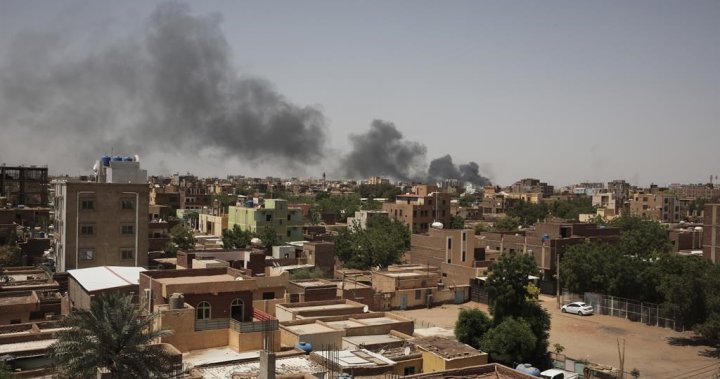The Influence Of Himalayas On The Climate Of Pakistan
The climate of Pakistan is continental as a whole but the high mountains to the north of it gives its climate a peculiar shape.
The High mountains ranges of Himalayas in the North of Pakistan influence the climate of Pakistan in several ways.
Mild Winters
Probably the most pronounced effect of the great mountain ranges to the North on the climate of cities of Pakistan is that the cities of Pakistan are saved from the intense cold of Central Asia during the winter season. To cite a typical example, Multan and Shanghai are located on almost the same parallel but there is a huge temperature difference between their winter temperatures. Multan records a winter temperature of 54 F while at Shanghai it is 38 F. This is because the very high mountains of the North do not let the Cold air to penetrate down into Pakistan. Whereas in case of Shanghai, there is no mountain barrier to protect it from the cold and fierce Siberian wind of the North.
Similarly Tashkent, in Uzbekistan, located on the other side of the mountains faces the full fury of Central Asian wind with temperatures going down as much as 30 F in winter while in Islamabad the winter temperature around 50 F -thanks to the protective shield of Himalayas to the North.
Monsoon Rains
The other most important influence of the high mountains is the steering and containment of monsoon winds. Had there been no mountains to the North there would have been no monsoon. The monsoon coming from the Bay of Bengal and the Indian Ocean are blocked by the high mountains to the north and are forced to rise, thus reaching condensation temperature and copious rainfall results.
Other neighboring countries located on almost the same latitude do not have any rainy season like monsoon. Afghanistan and Iran are the examples. In these countries the summer heat continues to increase till late July and in some cases up to August and then decrease gradually in the subsequent months. While on the other hand due to the influence of very high mountains to the north of Pakistan, monsoon winds are able to bring the temperature down considerably by the end of June and the subsequent month of July, August and September are much cooler than if there had been no monsoon.
In short the Himalayan Mountains to the North of Pakistan influence and alter the climate of the country to a considerable degree.
Source by Waqar Awan




